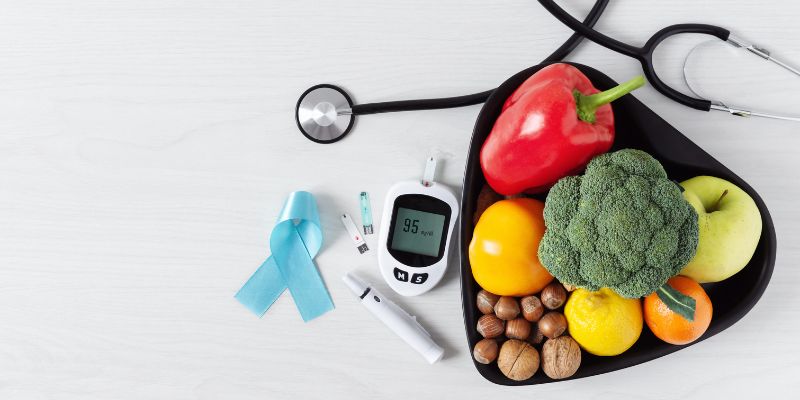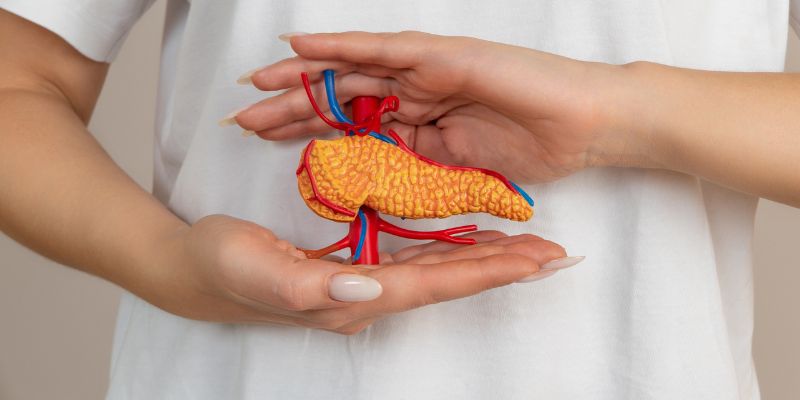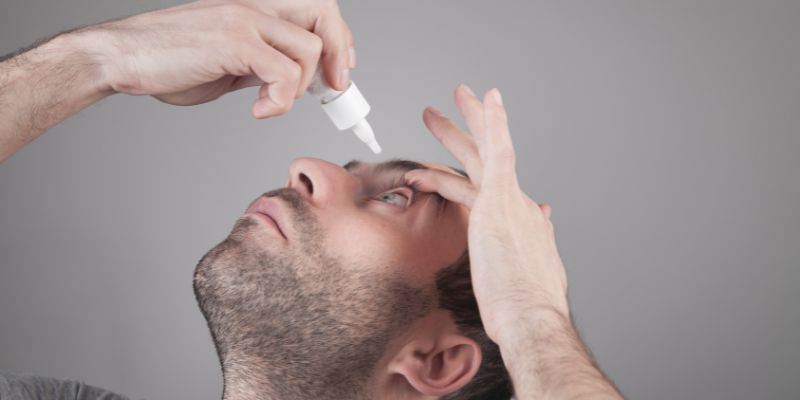Blood Sugar Testing Information: Why, When, and How To Get It Done
Many people are concerned about their health, and they get various tests done to check their overall well-being. One of them is a blood sugar test, which tells about the amount of sugar or glucose in your blood, as the name suggests. The test helps to understand how often blood sugar fluctuates throughout the day.
So, you know what a blood sugar test is, but do you know why one should opt for getting this test done? What is its importance, especially for diabetic people? When and how should it be done? If your answer is no and you are curious, we have covered everything. So, stay tuned and keep reading!
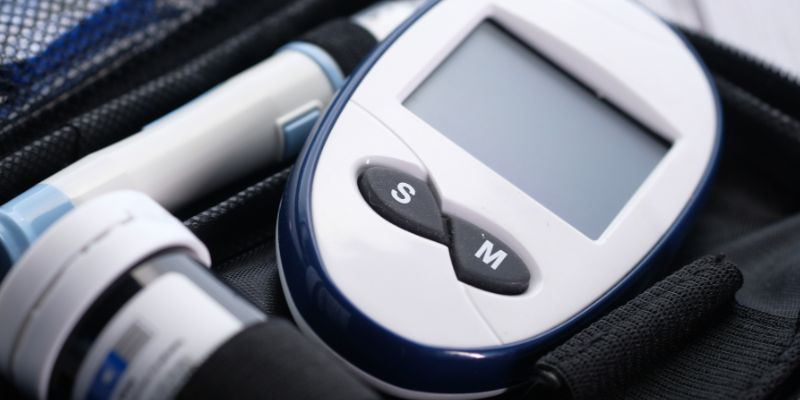
Why Should You Get a Blood Sugar Test Done?
The blood sugar test can be done for various reasons, such as:
- Management of Diabetes: If you have type 2 diabetes, checking your blood sugar regularly can help you understand your energy levels, appetite, and overall health. By identifying trends in blood glucose levels, you can understand how certain foods, medications, or lifestyles may influence your health. You can make more healthy choices and effectively manage your diabetes.
- Early Detection Of Diabetes: Regular blood sugar testing can help in the early detection of diabetes. Certain lifestyles, foods, and family history related to diabetes can indicate that you may be diabetic or about to become one. Monitoring these risk factors and observing abnormal blood sugar levels can help you understand and balance your blood sugar before it threatens your health.
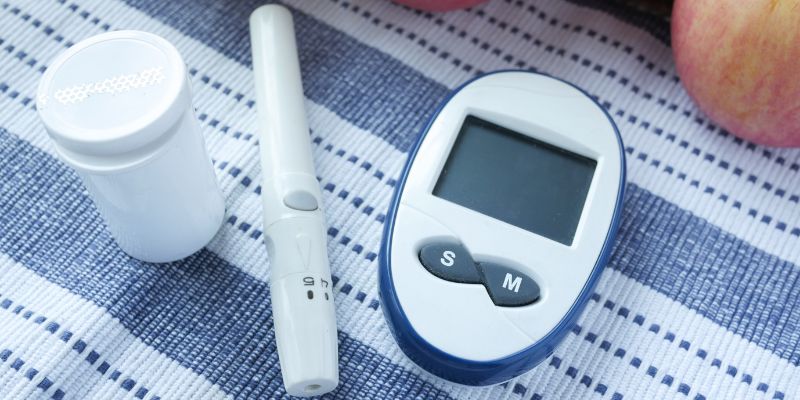
When Should You Get Blood Sugar Test Done?
What is the right time to get the glucose blood test done? Or, what is the reason for specific timings? If so, find below the most common times when most diabetics get their blood sugar test done. Also, you can find the reason behind the specific timings.
Fasting Blood Sugar Test:
You can go for this test only when you have not taken any food in the past 8-12 hours. Therefore, it is also called an overnight fast. It is mostly used for initial screening of diabetes or pre-diabetes. After long hours of not eating, it is done to check how well glucose is broken down in energy without the outside influence of recent foods or medications. You can do this test at home or lab. You must stop food intake (only water intake is allowed) for about 8-12 hours before testing. Avoid any stressful exercises before this test.
Random Blood Sugar Test:
As the name says, it is a test that can be taken any time during the day, no matter when you last ate. It is another useful technique for diagnosing diabetes. When you think you are experiencing high or low blood sugar symptoms, you can immediately test your blood sugar test. This test is a great tool for knowing whether your blood sugar is low or high at the moment, especially if you are already experiencing some symptoms like feeling thirsty all the time, frequent urination, and so on. You can go to the lab or test at home with a blood glucose meter. If you go to the lab, a healthcare professional will draw a blood sample and send it to the lab for results.
Postprandial Blood Sugar Test:
A postprandial blood sugar test is carried out 1 to 2 hours after meals. The test helps evaluate how well your body responds to food after eating. Take your carbohydrate meal of the day, wait about 1 or 2 hours, and then go for a blood sugar test. If you go to the hospital for this, a blood sample will be needed, while if you have a glucometer, get this test done at home!
Annual Blood Sugar Test:
It is also known as Hb1Ac, and this test is done annually. It tests your blood sugar levels for the past 2-3 months and takes out an average. It is important for people who are at risk of getting diabetes. For example, people might be prediabetic or someone who has a family history of diabetes. Getting an annual blood sugar test done can help in the early identification of diabetes. No necessary preparation is required. Just avoid taking heavy meals before going for this test. The doctor will need a blood sample for this test. After getting the results, you can easily know the average blood sugar level for the last 2-3 months.
How Can You Get Your Blood Sugar Test Done?
For at-home testing, you have to use a glucometer. If you don't know how to use it, follow these simple steps and get quick results:
- Step 1: First, wash your hands because you don't want a bacterial infection.
- Step 1: Get a glucometer; insert the test strip into the glucometer.
- Step 3: Use a lancet that usually comes with the device, and then prick your fingertip from the side.
- Step 4: Gently squeeze the pricked side of the fingertip to draw a drop of blood.
- Step 5: Touch the tip of the finger with blood on it to the test strip already inserted in the glucometer.
- Step 6: Wipe off blood from your fingertip and wait for the glucometer to show the result. Your sugar level will be normal if it is less than 100mg/dl. You can be diabetic if it is 126mg/dl or higher and prediabetic 100-125mg/dl.
Testing Blood Sugar Level: Helpful Tips
If you test your blood sugar level on your own or are planning to do so, here are some helpful tips for you:
- Record the timings and the blood sugar test results to identify fluctuating patterns.
- Consult your doctor regarding using different medications if you need to or make any necessary lifestyle changes.
- Always use clean equipment to avoid any bacterial infection.
Conclusion:
Whether you or any of your family has diabetes, the blood sugar tests can help you understand how your blood sugar fluctuates throughout the day. Recording of results and timings of tests can help you track variations in blood sugar even better. Plus, the fluctuating levels can give an insight into how well your body behaves to foods at different times. But, to know all of this, you should understand blood glucose tests and use the glucometer correctly, as mentioned here. Once you have the results, consult your healthcare provider if you notice a massive variation in your blood sugar levels.

